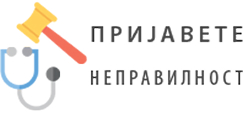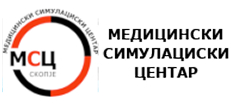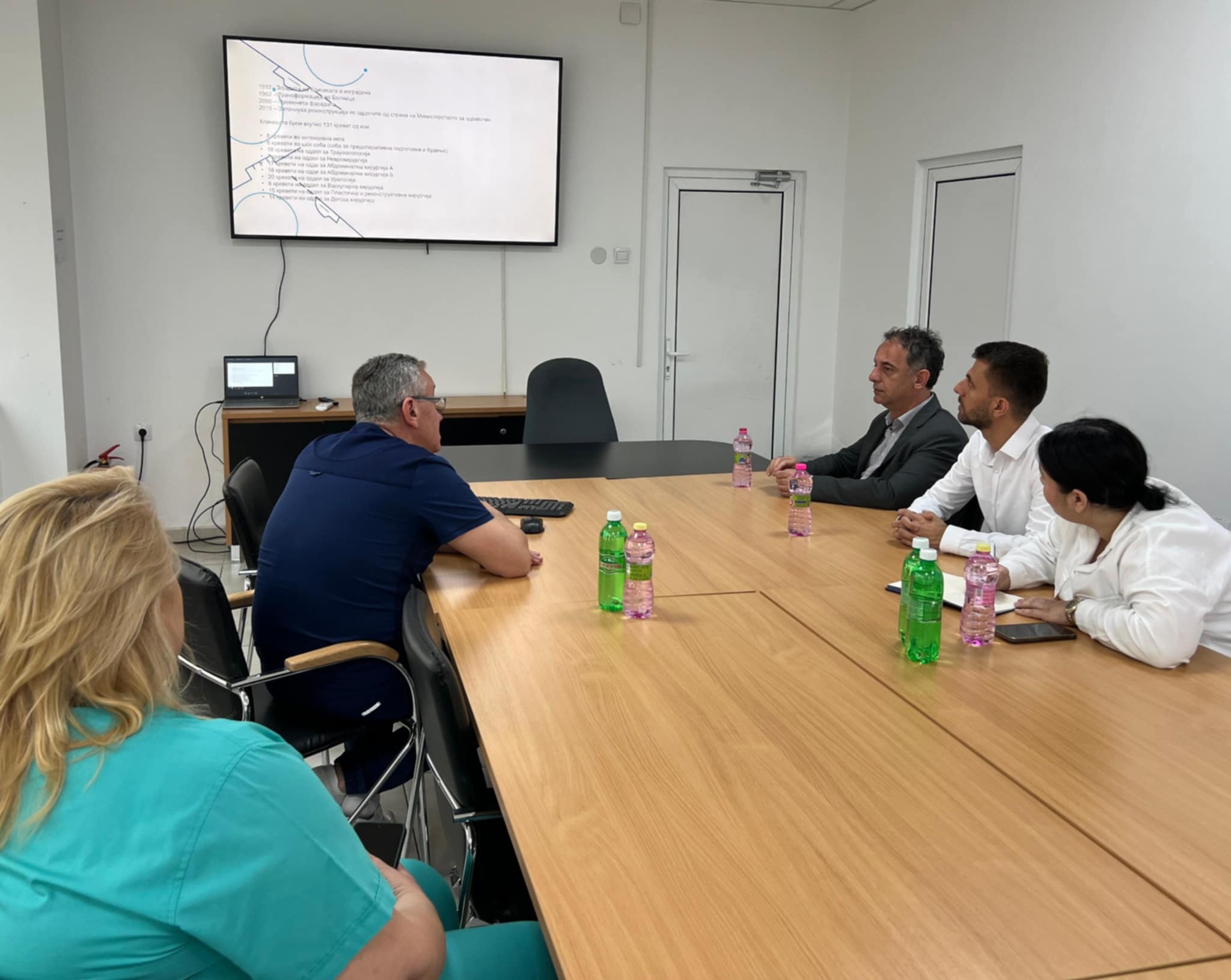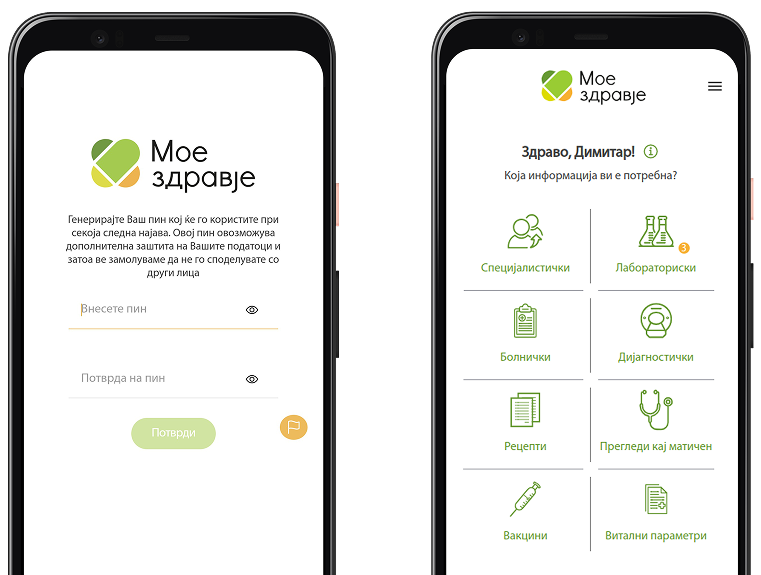Министерство за здравство
Новости
Во изминатиот месец 80 граѓани преку алатката „Отворен кабинет" се сретнаа со министерот за здравство Азир Алиу
Работна средба со директорот на ГОБ „8 Септември“ за заложбата за унапредување на третманот на пациентите и условите за работа на здравствениот персонал.
за потребата од зајакнување на медицинскиот кадар, медицинска опрема и инфраструктурни подобрувања.

(ЈЗУ и ПЗУ)

Упатство за спроведување на постапка за преземање на здравствен работник со високо образование од областа на медицината, стоматологијата и фармацијата
open link here
Упатство за спроведување на постапка за преземање на здравствен работник со високо образование од областа на медицината, стоматологијата и фармацијата
open link here
Упатство за спроведување на постапка за преземање на здравствен работник со високо образование од областа на медицината, стоматологијата и фармацијата
open link hereУпатство за спроведување на постапка за преземање на здравствен работник со високо образование од областа на медицината, стоматологијата и фармацијата
Упатство за спроведување на постапка за преземање на здравствен работник со високо образование од областа на медицината, стоматологијата и фармацијата
open link here
Упатство за спроведување на постапка за преземање на здравствен работник со високо образование од областа на медицината, стоматологијата и фармацијата
open link hereПризнавање на специјализации/ супспецијализации
Признавање на специјализации/ супспецијализации
open link here
Упатство за спроведување на постапка за преземање на здравствен работник со високо образование од областа на медицината, стоматологијата и фармацијата
open link here
Упатство за спроведување на постапка за преземање на здравствен работник со високо образование од областа на медицината, стоматологијата и фармацијата
open link hereУпатство за спроведување на постапка за преземање на здравствен работник со високо образование од областа на медицината, стоматологијата и фармацијата
open link here





